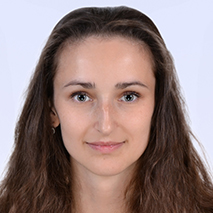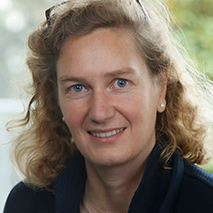Das Knochenmark als neuer Spieler im Feld der hämatopoetischen Stammzelltransplantation
Zusammenfassung
Beim Verständnis der Mikroumgebung des Knochenmarks (KMM) für die normale Hämatopoese und Leukämopoese wurden große Fortschritte erzielt. Die Wechselwirkungen zwischen dem KMM und den hämatopoetischen Zellen sind reziprok und involvieren auf Seiten des KMMs ossäre Zellen, Endothelzellen, mesenchymale Stromazellen, aber auch die extrazelluläre Matrix, Zytokine und chemische Faktoren. Die hämatopoetische Stammzelltransplantation (HSZT), die damit verbundene Chemotherapie und Bestrahlung sowie immunologische Aspekte der HSZT tragen in hohem Maße zur Komplexität des KMMs bei, welches die erfolgreiche Eradikation leukämischer Stammzellen nach HSZT beeinflusst und gleichzeitig das Einnisten, die Erhaltung und Differenzierung der transplantierten normalen hämatopoetischen Stammzellen ermöglicht. Dieser Artikel soll eine kurze Einführung in die Bedeutung des KMMs für die HSZT und neue Ansätze für ein mögliches Therapieren des KMMs bieten, um die klinischen Ergebnisse nach autologer und allogener HSZT zu verbessern.
Much progress has been made in the understanding of the bone marrow microenvironment (BMM) for normal haematopoiesis and leukaemopoiesis. These interactions between the BMM and the haematopoietic cells are reciprocal and on the side of the BMM may involve osteolineage cells, endothelial cells, mesenchymal stromal cells, but also the extracellular matrix, cytokines and chemical factors. Haematopoietic stem cell transplantation (HSCT), its associated chemotherapy and irradiation and immunological aspects of HSCT greatly contribute to the complexity of the BMM, which influences the successful eradication of leukaemic stem cells, while allowing the engraftment, maintenance and differentiation of the transplanted normal haematopoietic stem cells. This review is aimed at providing a brief introduction to the implications of the BMM for HSCT and novel approaches for potential targeting of the BMM, in order to improve outcomes after autologous and allogeneic HSCT.
Alle Ausgaben
durchsuchen
Können Sie immer hier
am Seitenende.


